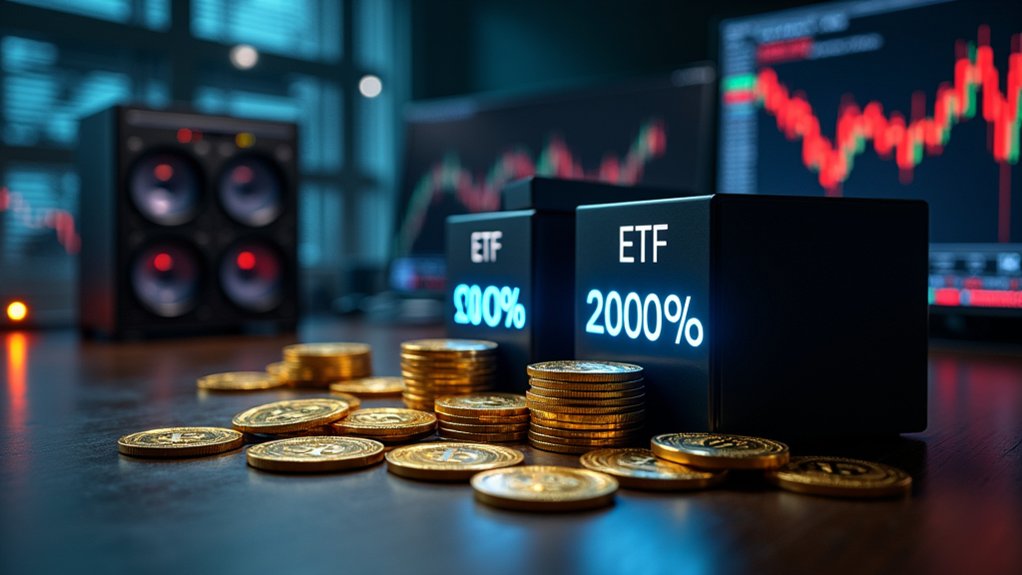Although macroeconomic uncertainties and evolving institutional frameworks have converged to intensify demand, Bitcoin has experienced a pronounced ascent, with prices breaching the $118,000 threshold in early October 2025 and forecasters projecting near-term trading ranges between roughly $110,700 and $127,560, averages clustering around $112,480–$121,213, and an annual mean for 2026 that moderates toward $99,681, signaling both episodic strength and subsequent mean reversion; this trajectory, driven in part by significant ETF inflows and sustained institutional positioning that enhance liquidity, market depth, and retail confidence, has engendered a multifaceted market response—heightened trading volumes and open interest, technically reinforced momentum metrics, and speculative extrapolations toward targets exceeding $140,000–$160,000 in 2025 and median post-halving estimates near $201,000—while macro drivers such as fiscal instability, employment shocks, inflationary pressures, and central bank policy ambiguity are concurrently augmenting Bitcoin’s perceived utility as a non-fiat store of value and portfolio hedge, thereby creating a dynamic interplay between fundamental adoption, regulatory and product innovation, and short-term volatility that market participants must integrate into risk-adjusted valuation frameworks. Market observers note that ETF gateways have materially lowered entry barriers for allocators, producing concentrated inflows that institutionalize exposure, expand market-making capacity, and tighten bid-ask spreads, effects that, when paired with algorithmic execution and leverage, amplify intraday price discovery and susceptibility to fast-moving liquidity dynamics. This development exemplifies the growing integration of fiat banking platforms with crypto market infrastructure, streamlining position entry and exit. Concurrently, macroeconomic shocks—most prominently the US government shutdown and unexpected private sector job losses—have catalyzed defensive capital rotation, as investors recalibrate portfolio betas and seek assets exhibiting low correlation to nominal yields and equity market sentiment, thereby reinforcing narratives that position Bitcoin as a contingent safe-haven despite its inherent volatility. Retail Frenzy and Meme Surge phenomena have accompanied institutional-led momentum, contributing to episodic spikes in order flow and social-media-driven positioning, forces that elevate short-term gamma and compel volatility-targeting funds to adjust hedges, which in turn feed back into directional moves. Analysts caution that while late-2025 averages remain elevated, the projected 2026 moderation and long-term extrapolations toward multi-million-dollar outcomes reflect divergent models and risk premia, requiring rigorous scenario analysis and calibrated capital allocation policies. Current BTC price levels and short-term forecasts indicate a neutral Bullish market sentiment that investors should weigh when sizing positions. Additionally, market commentators have highlighted notable presale activity and promotional incentives in new token offerings such as BlockchainFX presale that some retail participants view as speculative alternatives to direct Bitcoin exposure.
Author
Tags
Share article
The post has been shared by 0
people.









